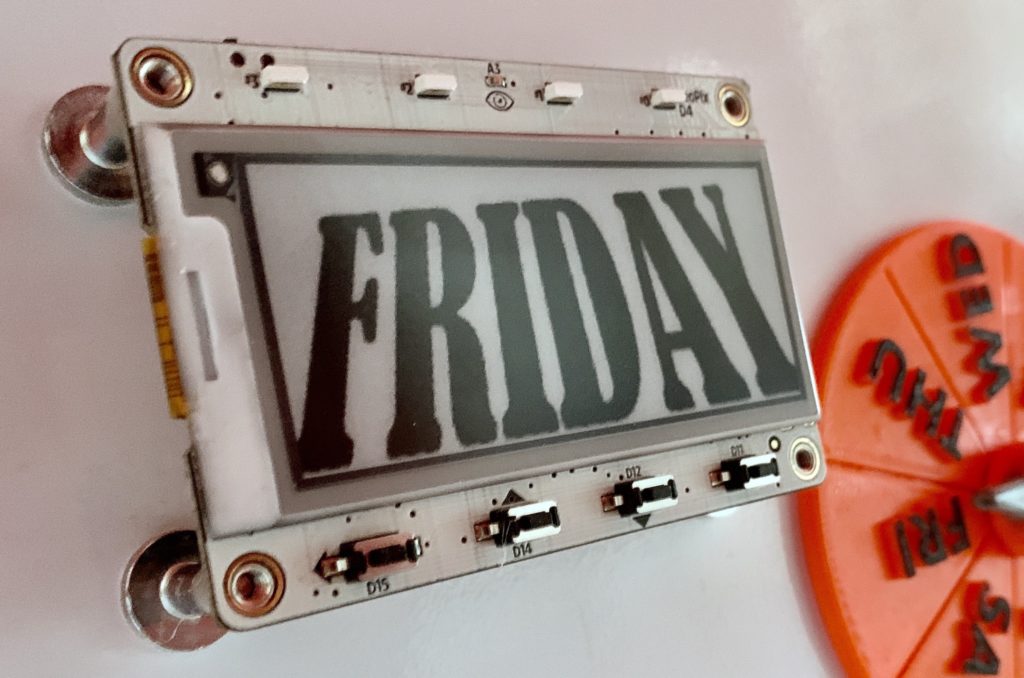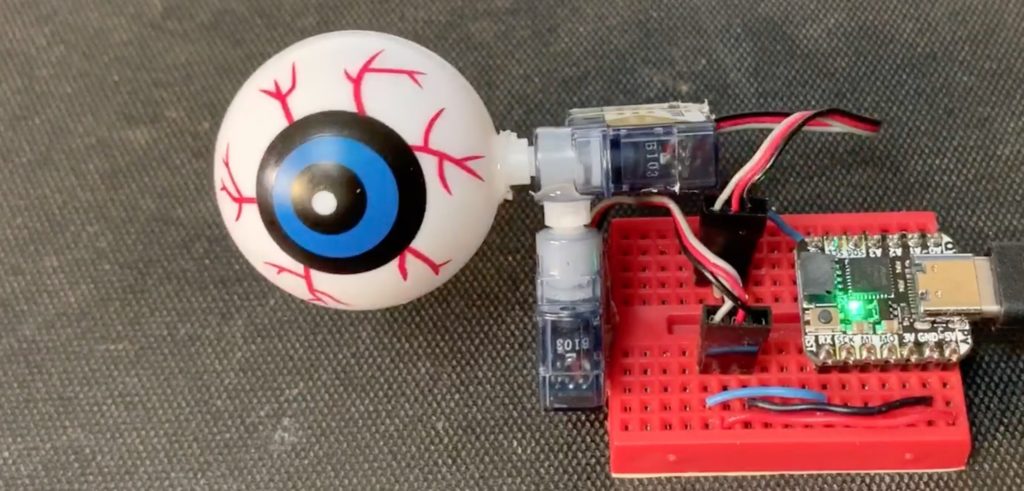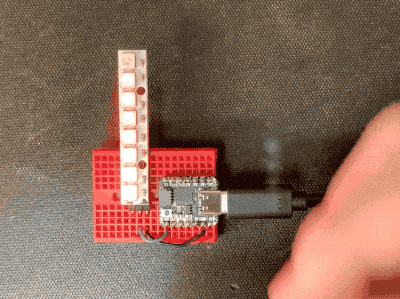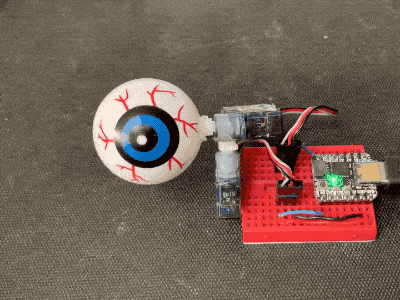For the month of December, Carlyn and I are making a vaguely tree-shaped “calendar” with 31 boxes, 30mm x 30mm each. This is a design exercise to get us more familiar with the very fun EMSL AxiDraw, an easy-to-use pen plotter. We each get half of the days, randomly, and each of those days’ boxes must be filled with a little 30mm^2 bit of art. You can see the on-going progress on our Deep Fried Neurons Happy Hour posts and livestreams.
I’m not very experienced with pens and paper (when my 9th grade teach said I could turn my essays in on printout, my little dot matrix went into overdrive and I’ve never looked back). So messing around with pens and the AxiDraw (and just the aesthetics of plotters in general) has turned my eye towards 70s-era design. My “day 4” piece was the MICR check font I recall seeming so space-age when I saw it as a kid. Seeing the weird shapes of the MICR numbers without context makes them seem like alien symbology, which I guess they kind of are. For my “day 9” I went to 7-segment LED displays. I remember these displays being the epitome of high-tech with their otherworldly monochromatic red light. Now we’re so used to LED light it doesn’t seem strange. For my “day 6” I wanted to do something with hexagons (the bestagons). By now my design sense was firmly 40 years in the past. So I combined a very ’70s yellow-brown gradient (done with 4 marker types) and a six-unit pattern of hexagons. Hexagon grids was very space-age then, what with the hexagon-based space frames and geodesic domes.
By far the most difficult aspect of doing multicolor plots on the AxiDraw has been registering pens of different diameters. Carlyn came up with a clever trick of using transparency film to make re-zeroing easier, but I always am off a bit (see how the red of the “9” is a bit off) But one of the best aspects of the AxiDraw is the *tup* sound the pen makes as it drops to the surface. Listen to it in the video below.


















